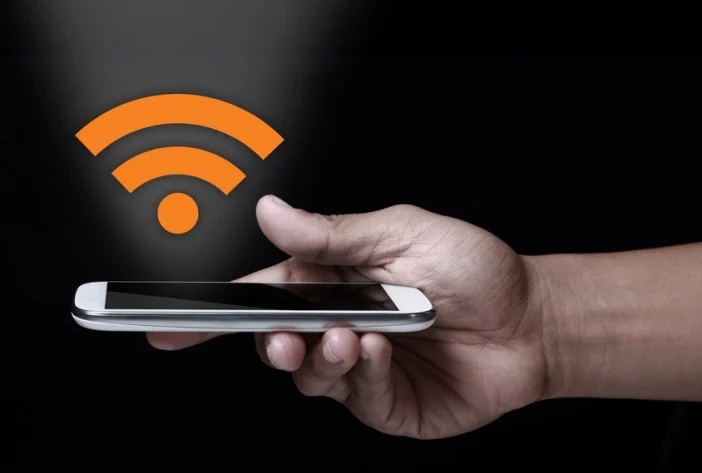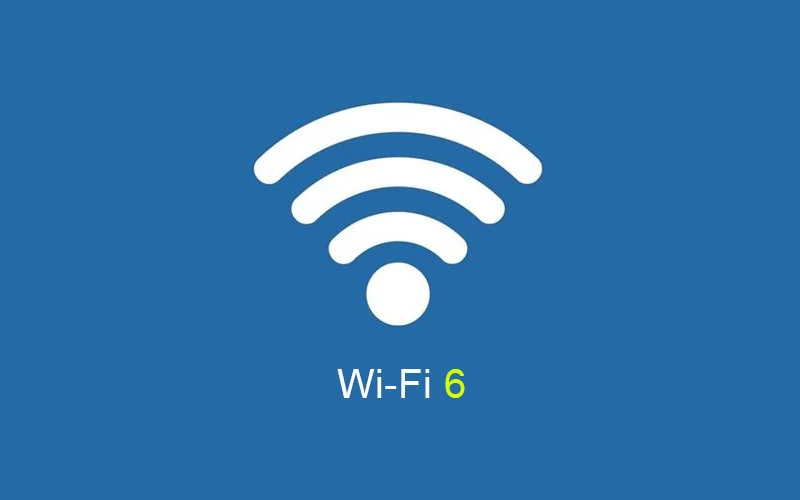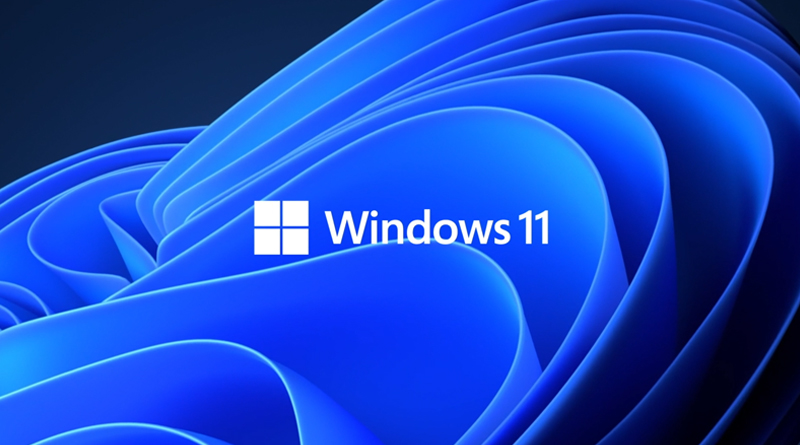What is WiFi-7 and Will It Replace Wired Ethernet?
If you are a technology geek, then it is kind of obvious that you will be aware of WiFi 5 and WiFi 6. New WiFi standards appear in such rapid succession that now, WiFi 7 has come into play. Although WiFi 7 is not exactly expected to get finalized until 2024 still, people all across the globe are curious to know about it as well as whether it will replace wired Ethernet or not. Considering you are one of them, you have landed on the right post. Here, you will learn everything that you need to know about WiFi 7, its benefits, how it works, etc. Thus, waste no more time waiting and read on.
How Does WiFi 7 Work?
Doubles the Channel Size
The very first thing that you need to know about WiFi 7is that it doubles the maximum channel size. Apart from that, WiFi 7 provided flexibility. In other words, a network can work either at two 160MHz sets of channels and one channel at 320MHz.
Quadruple the QAM
Enhancing quadratic amplitude modulation is another thing that can come with WiFi 7. Starting from 1024-QAM to 4096-QAM, WiFi 7 is known to deliver an additional 30% boost in throughput. In this manner, you will be able to get46Mbps in WiFi 7.
Multi-AP Operation
In WiFi 5 as well as WiFi 6, each access point uses to act independently in order of moving traffic back and forth. However, with WiFi 7, Multi-AP operation can be programmed with ease. This is because a set of APs forms a subsystem in which transmission schedules can be coordinated in a hassle-free manner.
Time-Sensitive Networking [TSN]
Apart from all the things mentioned above, WiFi 7 also supports TSN. It is an IEEE standard that is known to help provide increased reliability and low latency. Additionally, it was originally designed to reduce buffering as well as jitter in networks.
Multi-RU
In order to communicate at the same time with multiple clients, OFDMA enables access points. Also, Multi-RU enhances spectrum efficiency by ensuring that traffic stops interference on channels that are crowded.
What are the Benefits of WiFi 7?
There is no doubt about the fact that WiFi might be sufficient today for all. However, for the most bandwidth-intensive apps, it is assumed that the traffic load will continue to increase in the coming years.
In other words, businesses that were once taken forward manually are now, going digital with every passing day. In fact, the newest businesses are making use of the cloud. Also, the amount the data that needs to get transferred is enhancing rapidly.
As compared to earlier, businesses are becoming more complex and interconnected. Communications are happening more profoundly. Also, data is circulating across hybrid-cloud environments. And let’s not forget that video collaboration platforms have also made things easier for businesses to grow.
Will WiFi 7 Be Able to Replace Wired Ethernet?
Yes, in certain scenarios, WiFi 7 could replace wired Ethernet. For example, nowadays everything is going wireless, especially in IT fields where the staff does not have to make use of cables in the ceilings or connect the wiring from one cubicle to another.
Wireless networks can easily use multiple antennas as well as streams. And WiFi 7 is mainly designed to enable multiple access points.
Taking all this information into consideration, it is still a little early to make any kind of prediction on whether WiFi 7 will be able to replace wired Ethernet. On paper, it might seem as if WiFi 7 has checked all boxes, however, IT firms still prefer using Ethernet over WiFi in most cases.
As fast and fascinating as WiFi 7 might seem, it still is competing with Ethernet. The truth is. Ethernet usage has remained intact in hyper-scale data centers.
The Conclusion
With that, we are wrapping up our blog written on what is WiFi 7 and whether will it be able to replace wired Ethernet. We hope that after going through it, you were able to feed your brain with all the information that you needed.
To stay updated with the latest technologies, it is recommended that you stay in touch with this website. Every third day, you will get to explore something new about what’s happening in the WiFi market.




